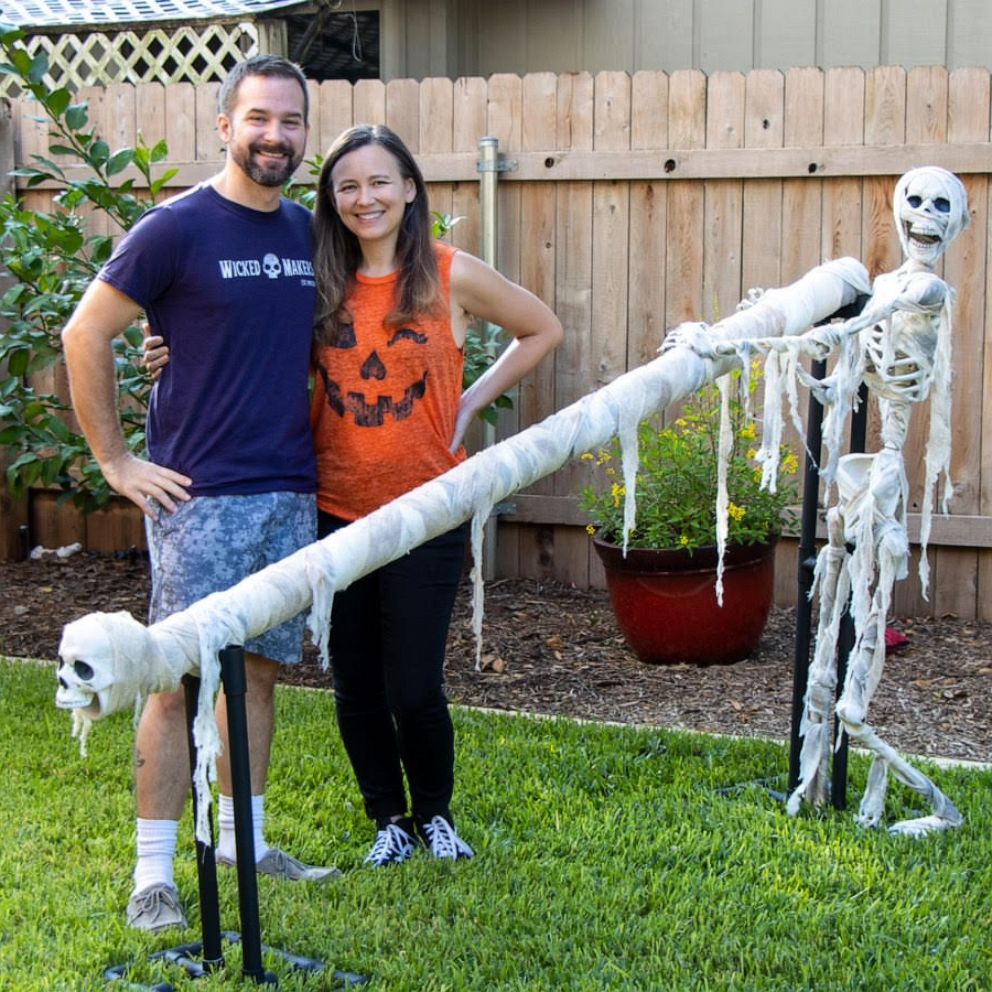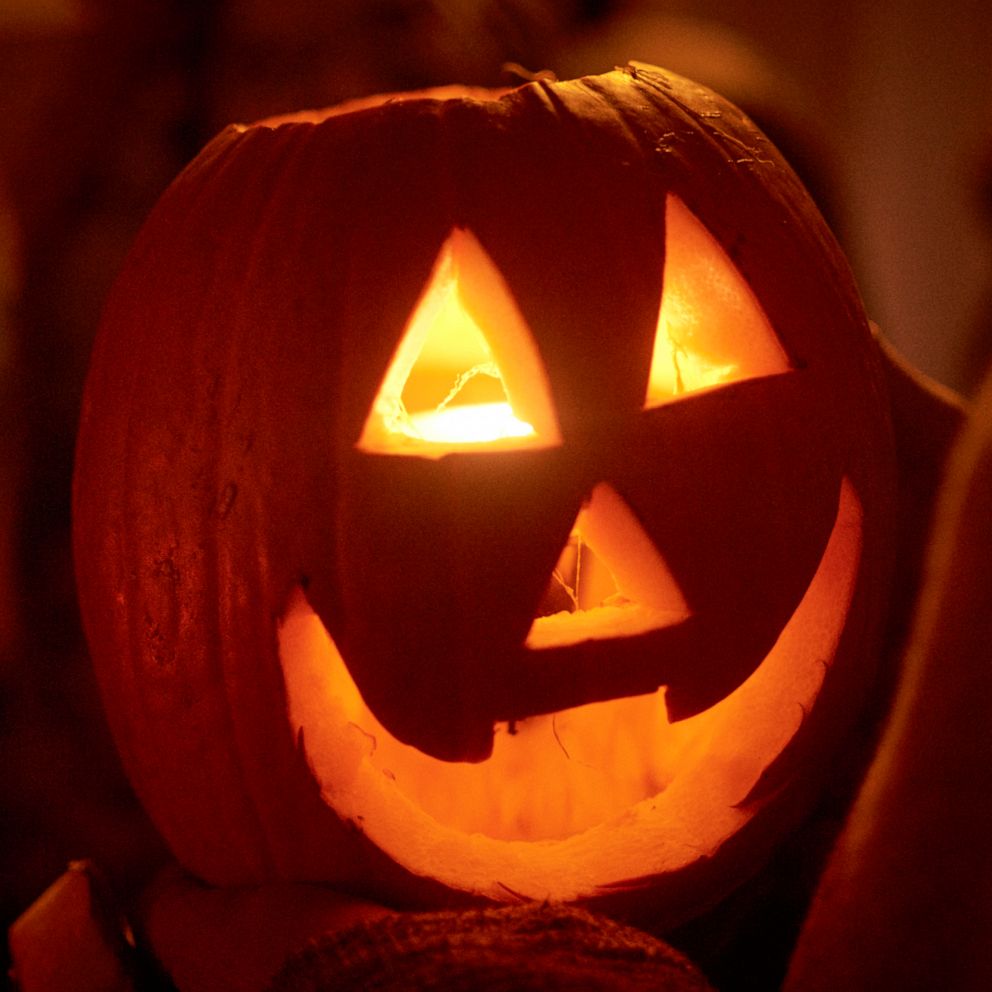Halloween will need to be done differently this year in order to keep people safe amid the coronavirus pandemic, according to new guidelines issued Monday by the U.S. Centers for Disease Control and Prevention (CDC).
Door-to-door trick-or-treating, indoor haunted houses, costume parties and "trunk or treating," where children go from car to car to receive treats, are among the traditional Halloween activities the CDC has deemed "higher risk activities" that should be avoided this year.
In lieu of those classic Halloween activities, the CDC recommends people try what they describe as "lower risk activities" to celebrate the holiday this year amid the global pandemic.
Those activities include socially distanced pumpkin carving, decorating your house, having a virtual costume contest, doing an outdoors Halloween scavenger hunt and having a "scavenger hunt-style trick-or-treat search" indoors with members of your household.

The CDC says people can also consider moderate risk activities like small, outdoor costume parades, outdoor Halloween movie nights where attendees are spaced at least six feet apart and participating in one-way trick-or-treating that includes individually wrapped treats and social distancing.
While masks are a Halloween staple, a costume mask is not a substitute for the types of cloth face masks that protect people from the virus, according to the CDC.
People should also not wear a costume mask over a protective cloth mask because of possible breathing difficulties, warns the CDC.
Because COVID-19 is spread through particles in the air, the CDC has issued a special warning for another staple of Halloween festivities: Screaming.
"If screaming will likely occur, greater [social] distancing is advised,” the CDC advises. “The greater the distance, the lower the risk of spreading a respiratory virus."
The CDC's guidelines for Halloween come as the United States approaches the sad milestone of 200,000 American deaths due to COVID-19.
Amid the rising death toll, public health officials in Los Angeles County issued Halloween guidelines similar to the CDC's, saying trick-or-treating and trunk-or-treating are not recommended for residents.
Halloween carnivals, festivals, live entertainment and haunted houses will not be allowed in Los Angeles County this year, according to the guidelines issued earlier this month.
When it comes to making a decision about going trick-or-treating or heading to a gathering for a socially distanced Halloween celebration in your neighborhood, people should look at how the virus is spreading in their community, according to Dr. Edith Bracho-Sanchez, an assistant professor of pediatrics and director of the pediatric telemedicine program with Columbia University Medical Center.
"You want that [positive testing rate] number to be less than 5%, ideally even lower than that," she told "Good Morning America" earlier this month. "Then you want to look at the number of cases and the number of hospitalizations. They just give you a sense of how widespread COVID-19 is in your community and sort of the baseline level of virus that you're starting with before you even go out trick-or-treating or to another activity."
Factoring in who you live with is also important when it comes to making a decision on whether to spend Halloween with others this year, Bracho-Sanchez said. If you are an expectant mother with young kids, Bracho-Sanchez said you may want to be careful about protecting the baby -- even though there isn't any data available on the relationship between pregnant moms and the novel coronavirus. And if you live in a multi-generational household, with young kids in the family trick-or-treating, elderly relatives in that home may be put at higher risk.
"Look at your community and look at your family circumstances to try to make some of these decisions," said Bracho-Sanchez, adding that Halloween festivities this year are "something that communities are going to have to weigh community by community, and that families are going to have to weigh family by family."
ABC News' Angeline Jane Bernabe contributed to this report.








